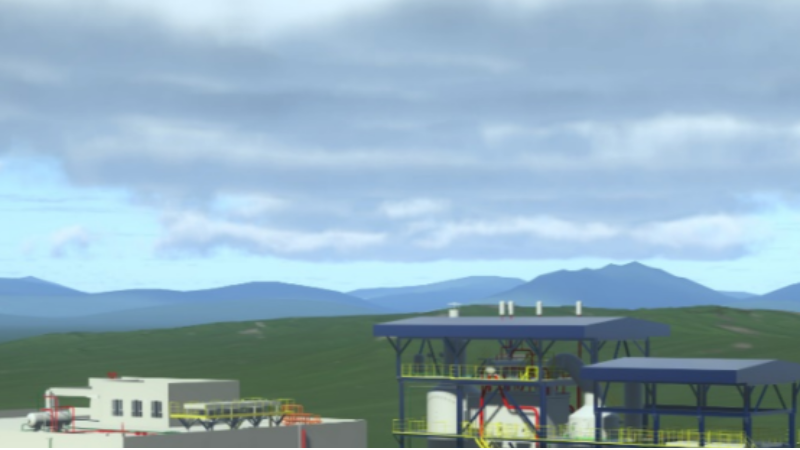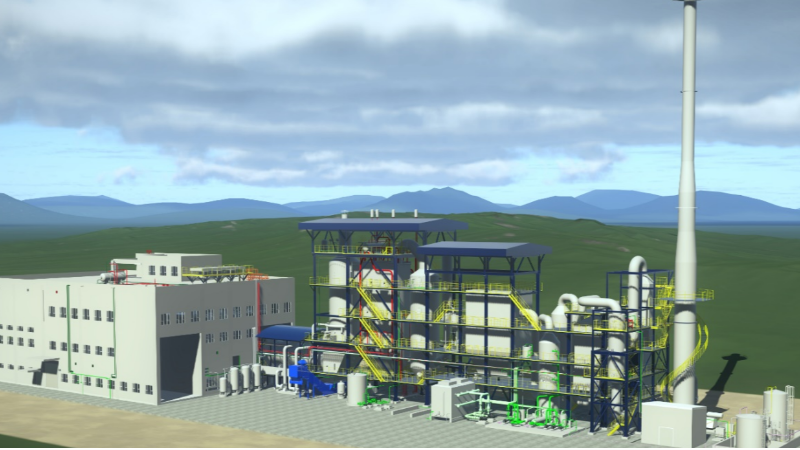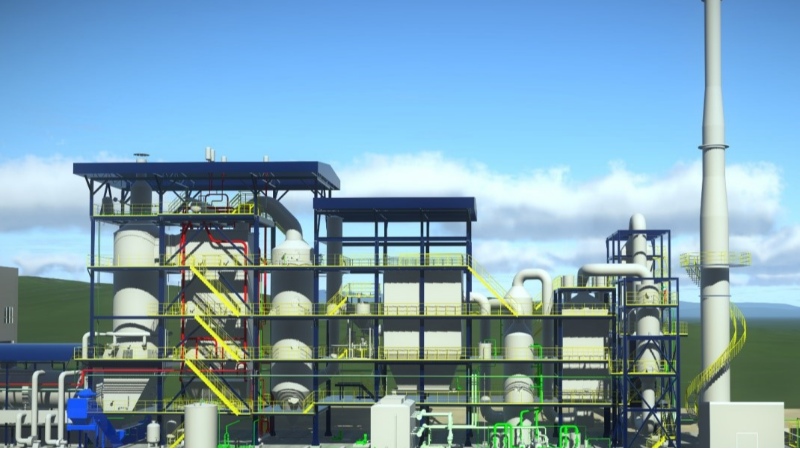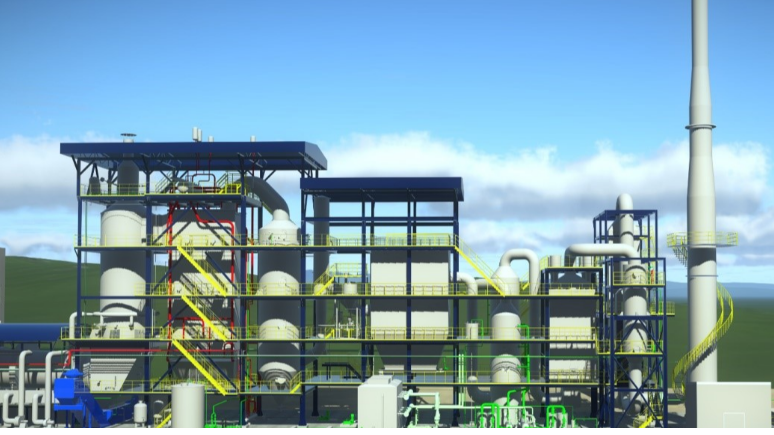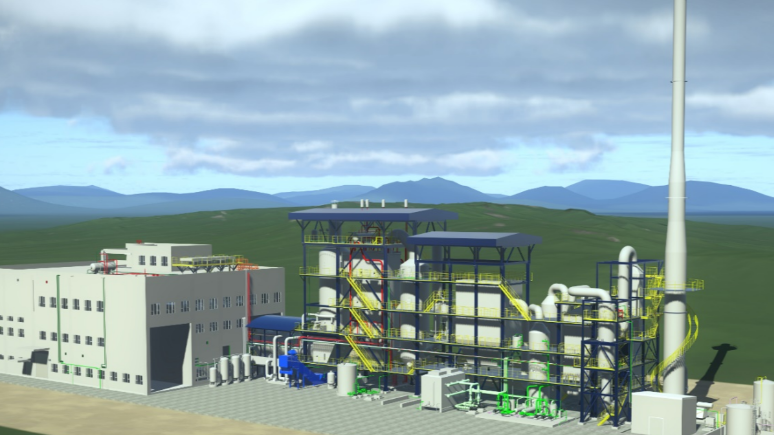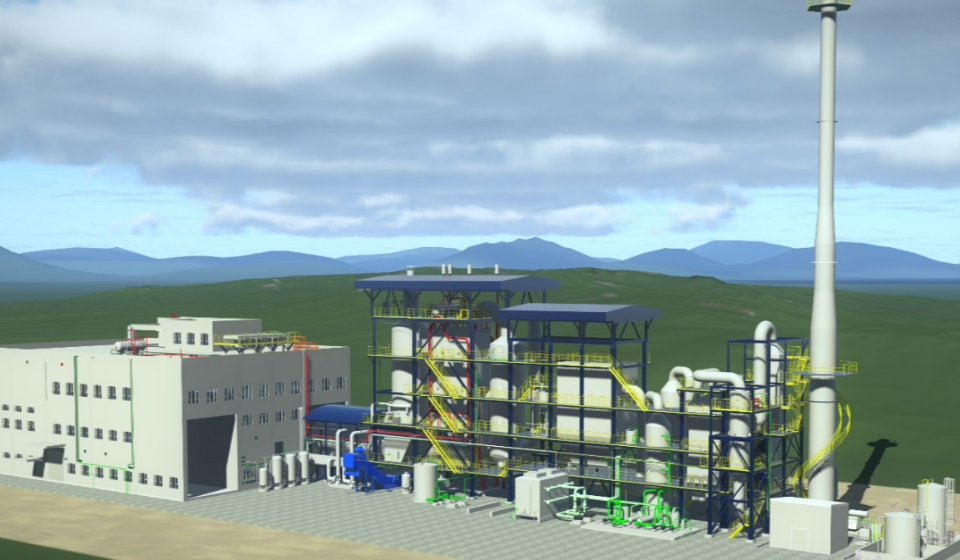Project Background
This project will build two sets of hazardous waste incineration systems with a treatment capacity of 120t/d, a designed annual operation time of 7,200 hours and a treatment capacity of 72,000 t/a, which mainly incinerates various petrochemical hazardous wastes, including solid wastes, liquid wastes, semi-solid paste wastes, etc. The hazardous wastes generated by each unit and the three sludges (biochemical sludge, chemical sludge and oily sludge) generated during the operation of the sewage treatment plant, in order to achieve the purpose of hazardous waste reduction and stabilization, are equipped with a hazardous waste incineration disposal system, and the ash generated after incineration is solidified and stabilized and sent to the hazardous waste landfill for landfill disposal. Two sets of hazardous waste incineration systems with a treatment capacity of 120t/d will be built in the unit. The incineration systems are equipped with mature, reliable and stable domestic technologies, and the flue gas emission after treatment is superior to GB18484-2020 industrial pollutant emission standard.
 To be the most satisfactory energy and environment company in the world
To be the most satisfactory energy and environment company in the world








